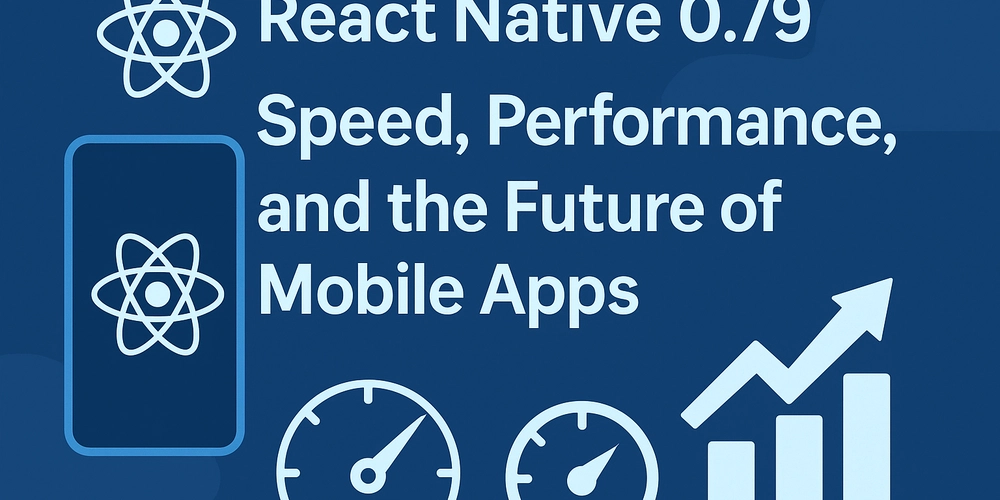What Is the Purpose Of Dynamic Typing in Objective-c?
Objective-C, a primary programming language used for macOS and iOS development, has always been appreciated for its unique blend of C's efficiency and Smalltalk's dynamism. A critical feature that sets it apart from other languages is its support for **dynamic typing**. This allows for a flexible development process that enhances code modularity and adaptability. But what truly is the purpose of dynamic typing in Objective-C? ## What is Dynamic Typing? Dynamic typing refers to the ability of a programming language to determine the type of an object at runtime, rather than during compile-time. This contrasts with static typing, where the type of an object is known and enforced during compilation. In Objective-C, this means you do not have to specify the class type of an object, providing a more flexible coding environment. ## Benefits of Dynamic Typing in Objective-C 1. **Code Flexibility and Reusability:** Dynamic typing allows developers to write more generic and reusable code. Since the type of object is determined at runtime, functions and methods can process different types of objects using the same codebase. This results in a significant reduction in redundancy and an increase in code maintainability. 2. **Late Binding:** Objective-C's dynamic typing supports late binding, where method calls are determined at runtime. This allows for altering object behavior dynamically, making it easier to implement design patterns such as Proxy and Decorator which rely on programmatic flexibility. 3. **Simplified Codebases:** Because developers can defer specifying object types, dynamic typing enables a simplified coding structure. This can result in faster development cycles and ease of implementing prototyping and experimental features. 4. **Polymorphism:** With dynamic typing, Objective-C developers can more easily implement polymorphism. This feature is critical in object-oriented programming as it allows for a single interface to control access to a general class of actions, improving the modularity of your code. ## Considerations and Challenges While dynamic typing offers substantial advantages, it comes with its own set of challenges. One of the primary concerns is the potential lack of compile-time type checking. This can occasionally lead to runtime errors that might have been caught earlier in a statically-typed environment. Additionally, the flexibility of dynamic typing can sometimes lead to more complex debugging and code tracing processes. Developers need to strike a balance between dynamism and strict error checking to ensure robust and reliable code. ## Conclusion Dynamic typing in Objective-C enhances flexibility, code reuse, and simplicity, allowing developers to create more adaptable and maintainable software solutions. It provides a robust platform for developing complex applications in Apple's ecosystem by offering the ability to write less constrained and more expressive code. If you're interested in diving deeper into Objective-C, consider exploring some [affordable Objective-C books](https://topdealsnet.com/blog/best-objective-c-book-deals) to broaden your understanding. Additionally, understanding tools like [SonarQube for Objective-C](https://studentprojectcode.com/blog/how-to-configure-sonarqube-for-objective-c) could further elevate your coding quality. Lastly, mastering [Objective-C blocks](https://almarefa.net/blog/how-to-document-objective-c-blocks-with-doxygen) will add another dimension to your skillset, allowing for cleaner and more efficient code execution. By embracing the features of dynamic typing, developers can craft highly responsive and sophisticated applications that stand the test of time.

Objective-C, a primary programming language used for macOS and iOS development, has always been appreciated for its unique blend of C's efficiency and Smalltalk's dynamism. A critical feature that sets it apart from other languages is its support for **dynamic typing**. This allows for a flexible development process that enhances code modularity and adaptability. But what truly is the purpose of dynamic typing in Objective-C?
## What is Dynamic Typing?
Dynamic typing refers to the ability of a programming language to determine the type of an object at runtime, rather than during compile-time. This contrasts with static typing, where the type of an object is known and enforced during compilation. In Objective-C, this means you do not have to specify the class type of an object, providing a more flexible coding environment.
## Benefits of Dynamic Typing in Objective-C
1. **Code Flexibility and Reusability:**
Dynamic typing allows developers to write more generic and reusable code. Since the type of object is determined at runtime, functions and methods can process different types of objects using the same codebase. This results in a significant reduction in redundancy and an increase in code maintainability.
2. **Late Binding:**
Objective-C's dynamic typing supports late binding, where method calls are determined at runtime. This allows for altering object behavior dynamically, making it easier to implement design patterns such as Proxy and Decorator which rely on programmatic flexibility.
3. **Simplified Codebases:**
Because developers can defer specifying object types, dynamic typing enables a simplified coding structure. This can result in faster development cycles and ease of implementing prototyping and experimental features.
4. **Polymorphism:**
With dynamic typing, Objective-C developers can more easily implement polymorphism. This feature is critical in object-oriented programming as it allows for a single interface to control access to a general class of actions, improving the modularity of your code.
## Considerations and Challenges
While dynamic typing offers substantial advantages, it comes with its own set of challenges. One of the primary concerns is the potential lack of compile-time type checking. This can occasionally lead to runtime errors that might have been caught earlier in a statically-typed environment.
Additionally, the flexibility of dynamic typing can sometimes lead to more complex debugging and code tracing processes. Developers need to strike a balance between dynamism and strict error checking to ensure robust and reliable code.
## Conclusion
Dynamic typing in Objective-C enhances flexibility, code reuse, and simplicity, allowing developers to create more adaptable and maintainable software solutions. It provides a robust platform for developing complex applications in Apple's ecosystem by offering the ability to write less constrained and more expressive code.
If you're interested in diving deeper into Objective-C, consider exploring some [affordable Objective-C books](https://topdealsnet.com/blog/best-objective-c-book-deals) to broaden your understanding. Additionally, understanding tools like [SonarQube for Objective-C](https://studentprojectcode.com/blog/how-to-configure-sonarqube-for-objective-c) could further elevate your coding quality. Lastly, mastering [Objective-C blocks](https://almarefa.net/blog/how-to-document-objective-c-blocks-with-doxygen) will add another dimension to your skillset, allowing for cleaner and more efficient code execution.
By embracing the features of dynamic typing, developers can craft highly responsive and sophisticated applications that stand the test of time.






































































































































































![[The AI Show Episode 146]: Rise of “AI-First” Companies, AI Job Disruption, GPT-4o Update Gets Rolled Back, How Big Consulting Firms Use AI, and Meta AI App](https://www.marketingaiinstitute.com/hubfs/ep%20146%20cover.png)











































































































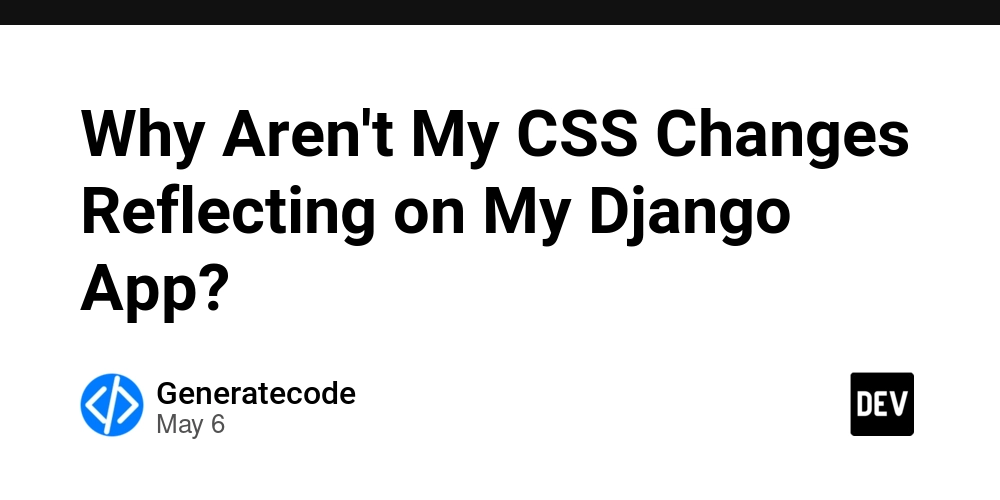





































































.jpg?width=1920&height=1920&fit=bounds&quality=70&format=jpg&auto=webp#)










































































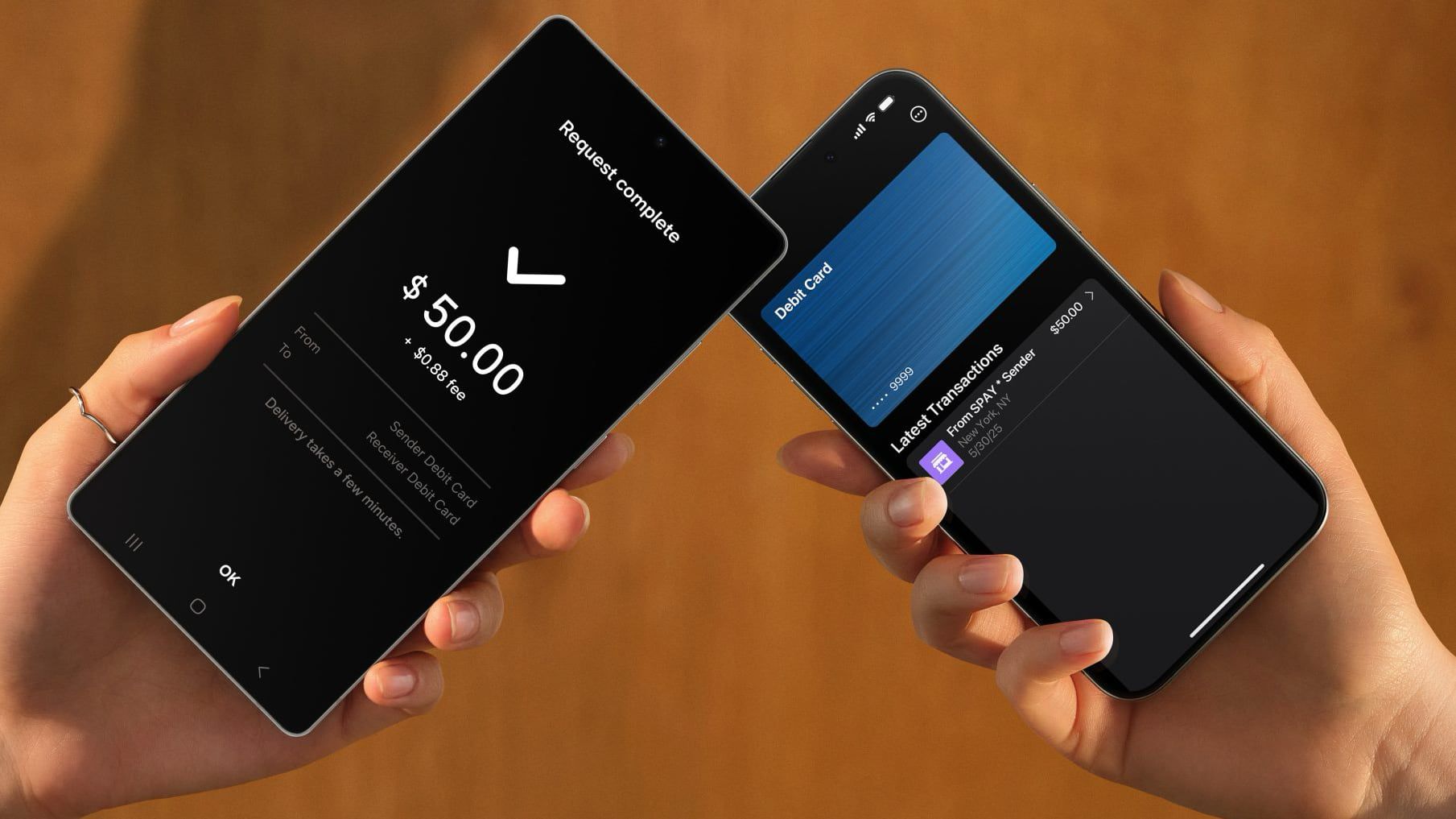











_Alexey_Kotelnikov_Alamy.jpg?width=1280&auto=webp&quality=80&disable=upscale#)
_Brian_Jackson_Alamy.jpg?width=1280&auto=webp&quality=80&disable=upscale#)



 Stolen 884,000 Credit Card Details on 13 Million Clicks from Users Worldwide.webp?#)


































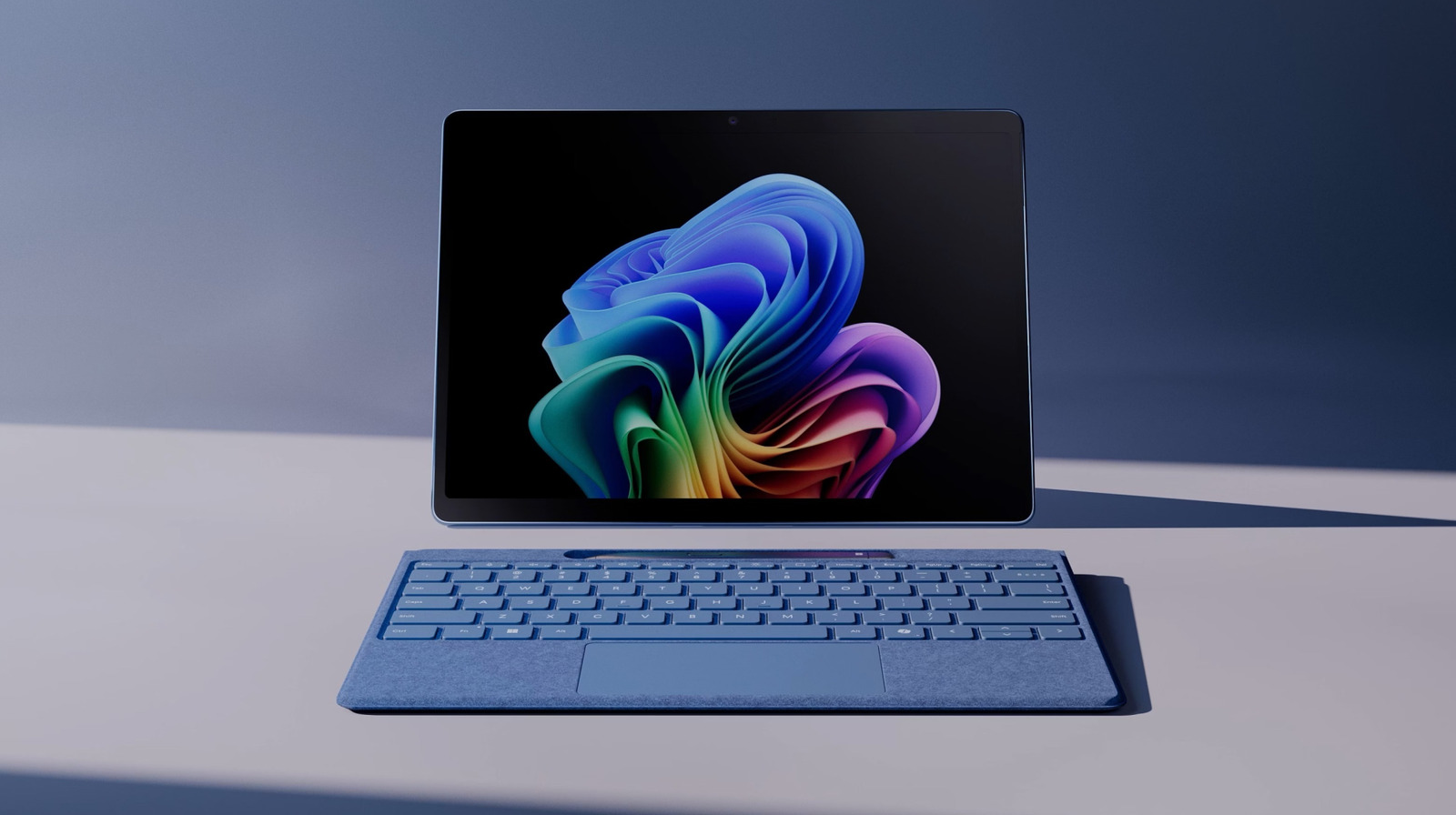










































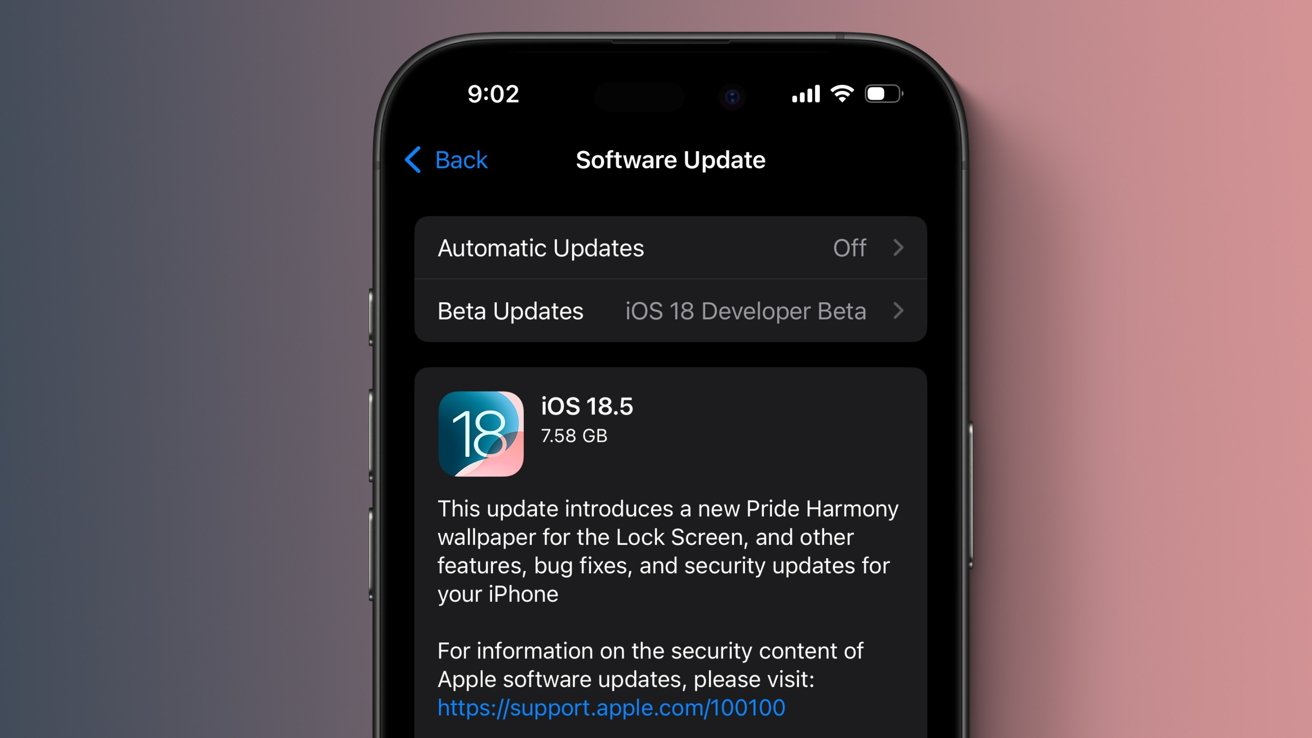












![Roku clarifies how ‘Pause Ads’ work amid issues with some HDR content [U]](https://i0.wp.com/9to5google.com/wp-content/uploads/sites/4/2025/05/roku-pause-ad-1.jpg?resize=1200%2C628&quality=82&strip=all&ssl=1)

![Look at this Chrome Dino figure and its adorable tiny boombox [Gallery]](https://i0.wp.com/9to5google.com/wp-content/uploads/sites/4/2025/05/chrome-dino-youtube-boombox-1.jpg?resize=1200%2C628&quality=82&strip=all&ssl=1)













![Apple Seeds visionOS 2.5 RC to Developers [Download]](https://www.iclarified.com/images/news/97240/97240/97240-640.jpg)
![Apple Seeds tvOS 18.5 RC to Developers [Download]](https://www.iclarified.com/images/news/97243/97243/97243-640.jpg)




































































































